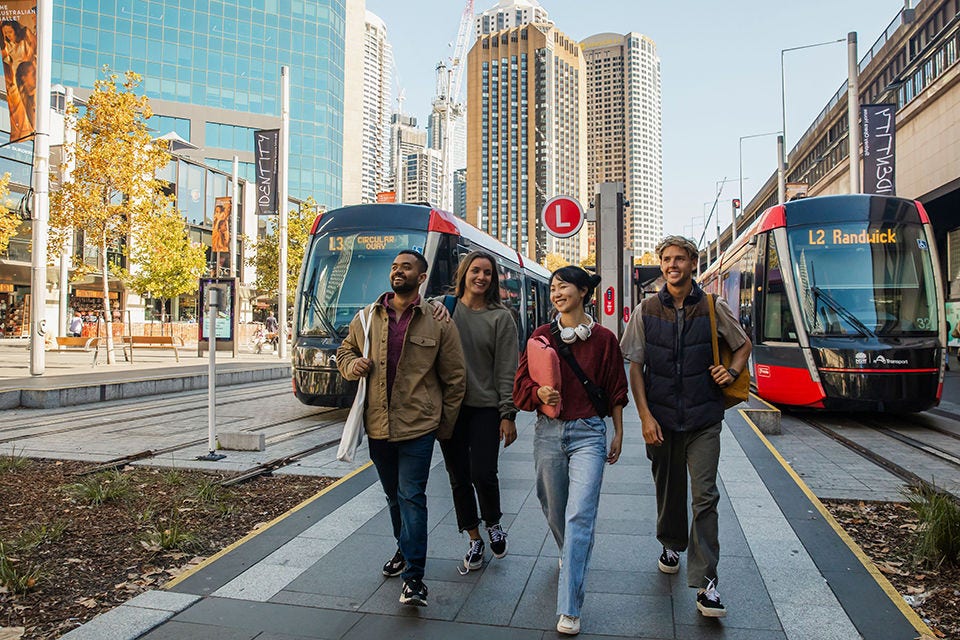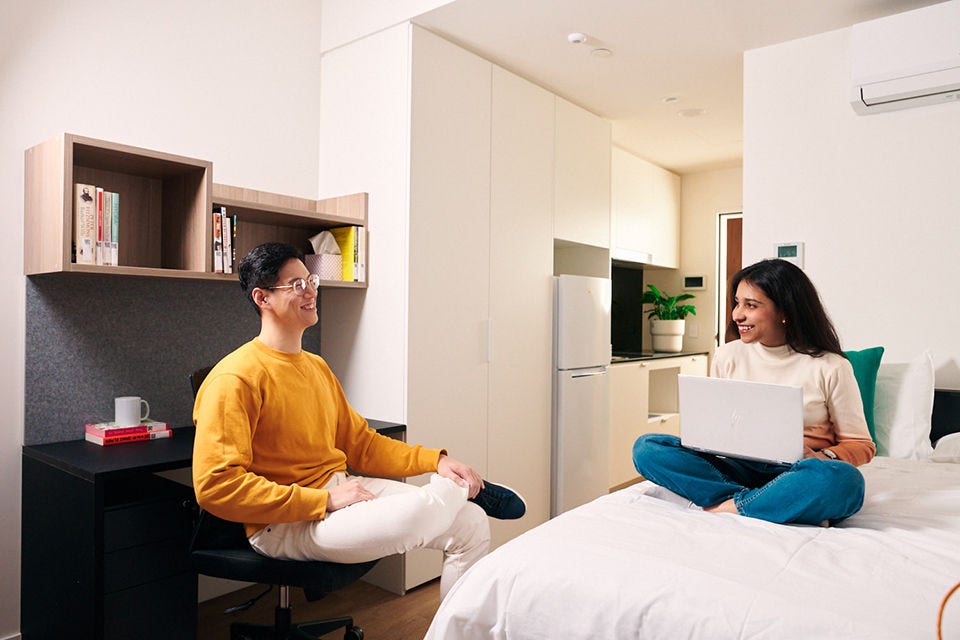Set up your Unique Student Identifier
If you plan to study at a university in Australia, attend TAFE or do any other nationally recognised training, you will need a Unique Student Identifier (USI). With a USI, you can get your qualification or statement of attainment.
You can only create a USI after you have arrived in Australia and cleared customs using your non-Australian passport and Australian visa as forms of ID. Once you have both documents, you can create your USI online by following the step-by-step instructions on the website.
You should obtain your USI as soon as possible after arriving in Australia so that you can provide it to your education or training provider.
For more information, visit usi.gov.au.
Set up your phone
If you bring an unlocked phone to Australia, you can choose between a pre-paid service or a SIM-only plan.
Pre-paid SIM cards are sold in many shops and supermarkets as well as mobile phone provider stores. You can top up your prepaid service online or at various retail outlets.
If your phone is locked to your home provider, you may need to buy a new phone in Australia. Most providers will allow you to pay off your phone as part of your monthly contract. Your contract will also include a set allowance for calls, text messages and data.
Open a bank account
To open a bank account, visit bank branch in Australia and tell them you are an international student wanting to open an account.
To open an account, you will need:
- electronic Confirmation of Enrolment (eCoE)
- passport, and
- proof of your address in Australia (such as a phone bill or lease agreement).
You should get a Tax File Number (TFN) and submit it to the bank. You don’t need it to open your account, but without one, you will be taxed at a higher rate. You can find information about getting a TFN at the Australian Tax Office website.
Inform your education provider of your address
As per visa condition 8533, you must inform your education provider of your residential address within seven (7) days of arriving in Australia. Find out more about accommodation in Australia.

Get familiar with your campus
You should visit your new campus before you start classes to get to know your best travel route and navigate the campus.
Many education providers will have an Orientation Week (also known as ‘O-Week’), usually the week before classes start. It’s an excellent opportunity to make friends, meet staff members and get to know your campus.
Your education provider should have O-Week details on their website where you can choose from different information sessions, campus tours and social events.
Getting around
Public transport
Each state or territory in Australia has a transport network. It’s a good idea to visit the transport network website for your location and research ticketing systems, pricing, timetables and how to plan your journey from one location to another.
- Canberra: Transport Canberra
- Brisbane: Translink
- Perth: Transperth
- Sydney: Transport NSW
- Adelaide: Adelaide Metro
- Melbourne: Public Transport Victoria
- Darwin: NT Department of Transport
- Hobart: Metro Tasmania
- Other cities and regions: If your area isn’t included on one of the above networks, search online for public transport options in your city or town.
Most of these sites also have helpful apps you can download to your phone.
As a student, you may be eligible to receive a discount on public transport. It will depend on which state you are living in and what type of course you are studying. You can find out more information from your education provider.
Taxis
You can usually hail a cab or find a taxi rank in busy areas of major cities. Otherwise, you can search online for a local taxi company and book over the phone.
You can also use ride-sharing services like Uber and DiDi by downloading the app to your phone. Ride-shares are usually cheaper than taxis.
Riding a bicycle
Getting around by bicycle (bike) is a great way to save money and stay fit!
You can buy a new bike at a store or a second-hand one online through websites and apps such as Facebook Marketplace.
Make sure you research the cycling rules for your state or territory to avoid any accidents or fines.
Driving
Most Australian states and territories (the exception being the Northern Territory) allow student visa holders to drive with their overseas licence as long as it is current. When driving, you must carry your overseas licence with you at all times, with either an international driving permit or an accredited English translation if your licence is not in English. It's a good idea to check the licensing rules in your state or territory to avoid a fine.
It's also important to familiarise yourself with Australian road rules to keep yourself and your passengers safe.
Explore your new home
Finally, have fun exploring and getting to know your new location in Australia. There are so many adventures to be had in your new home!



